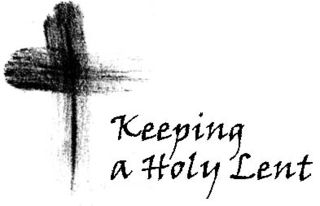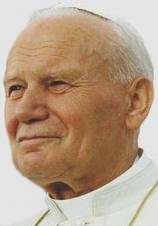I expect this'll be the last I post on this topic (at least for a while), but regarding the idea that the two times you can take "some food" on a day of fast can't add up to a second full meal, a reader writes down yonder:
Perhaps it is simply from the fact that one is allowed only "one full meal" and thus ….since one is allowed only one…and yet are permitted 'some food' at two other times…it is simply the case that these can not add up to 'a full meal' for one is only allowed one 'full meal' (if the other two add up to another full meal…well then you will have had 2 full meals!)
This makes sense to me. (of course each persons judgment of a full meal may be different)
Let's look again at Paul VI's language:
The law of fasting allows only one full meal a day, but does not prohibit taking some food in the morning and evening, observing—as far as quantity and quality are concerned—approved local custom.
The possibility that the reader raises is consistent with the first part of what Paul VI says. He could have meant:
(a) The law of fasting allows only one full meal a day, but does not prohibit taking some food in the morning and evening, so long as they don't add up to a second full meal.
But he could also have meant:
(b) The law of fasting allows only one full meal a day, but does not prohibit taking some food in the morning and evening, so long as neither is a full meal.
If the pope had said either of these things, we would know what he meant and nobody would be charging that the added statement (the part in red) contradicts the first part of what he said. The two added interpretations in red are thus both consistent with the first part of the statement.
Therefore, from the language of the first part alone, we cannot rule out either interpretation.
But there are additional considerations that allow us to decide which interpretation is correct:
1) In law liberty is presumed. Therefore the less restrictive interpretation (b) is presumed until the more restrictive interpretation (a) is proved.
2) The overarching thrust of Paul VI's labors in this document is a relaxation of ecclesiastical discipline (more on that a couple of posts from now, when I deal with the question of "substantial observance"). Therefore, if it is known that the mind of the legislator is an overall relaxation of discipline and one has two interpretations of what he says–one more restrictive and one more relaxed–it seems unwarranted to suddenly assume the more restrictive interpretation. This is inconsistent with the overall tone of what the legislator is trying to accomplish.
3) This one is the real clincher: While both interpretations in red are consistent with the first part of what the pope says, there is also the second part, in which he goes on to say: "observing—as far as quantity and quality are concerned—approved local custom." This explicitly kicks the question of the quantity of the two "some food" down to the local area. He is thus not dealing with the question of how much (quantity) you can eat on one of these occasions. If the pope expressly refers us to approved local custom to determine the quantity of this food then we cannot insist that the quantity be restricted to any particular amount based on what he said. (Beyond the obvious that each be less than a full meal, per the first part of what he said.)
4) Since our previous post (so far as I can tell) demonstrates that there is no approved local custom in America that restricts the two occasions where we can take "some food" to less than a second meal, the restrictive interpretation above (i.e., option [a]) does not obtain in the United States.
Finally, even if the above line of reasoning is wrong, it still shows that there is a substantial doubt as to whether the law requires this. That triggers canon 14, which is as follows:
Can. 14 Laws, even invalidating and disqualifying ones, do not oblige when there is a doubt about the law. When there is a doubt about a fact, however, ordinaries can dispense from laws provided that, if it concerns a reserved dispensation, the authority to whom it is reserved usually grants it.
Next: The Morning and Evening Issue





